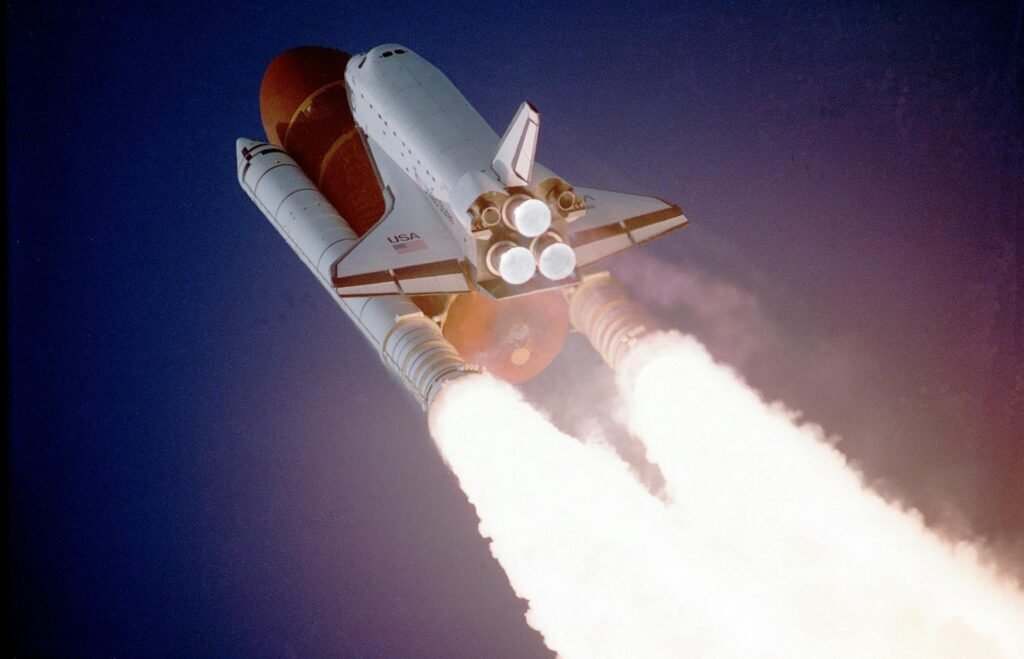Life on our planet has survived countless challenges over billions of years, from asteroid impacts to volcanic eruptions that blocked out the sun. Yet every species that has ever lived faces the same inevitable truth – nothing lasts forever. Scientists have spent decades studying the various ways our world could meet its end, and their findings paint a picture that’s both terrifying and fascinating. While some threats lurk in the distant future, others could strike tomorrow without warning. The delicate balance that keeps our blue marble spinning through space is more fragile than most people realize, hanging by threads that could snap in ways we’re only beginning to understand.
The Sun’s Inevitable Death Spiral

Our star might seem eternal, but it’s actually middle-aged and heading toward a dramatic finale that will spell doom for everything we know. In about 5 billion years, the sun will begin running out of hydrogen fuel in its core, causing it to expand into a red giant that could swallow Mercury, Venus, and possibly Earth itself. Even if our planet survives this expansion, the intense heat will boil away our oceans and strip away our atmosphere. Think of it like a campfire that’s burning through its last logs – it gets bigger and hotter before it finally dies out. The sun will eventually shed its outer layers and become a white dwarf, leaving behind a cold, lifeless solar system where Earth once flourished.
Asteroid Impact: The Cosmic Lottery We’re All Playing
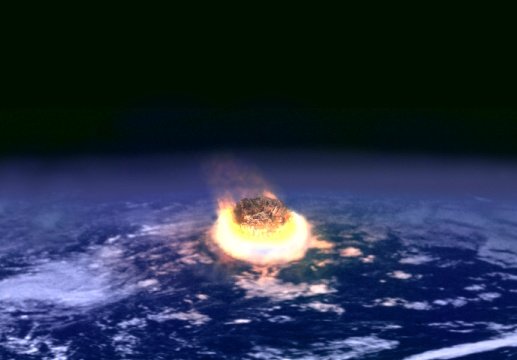
Every day, Earth gets pelted by space rocks, but most burn up harmlessly in our atmosphere as shooting stars. However, larger asteroids pose a genuine extinction-level threat that has already wiped out life on our planet before. The asteroid that killed the dinosaurs 66 million years ago was only about 6 miles wide, yet it triggered global devastation through massive fires, tsunamis, and a nuclear winter effect from debris blocking sunlight. Today, scientists track thousands of potentially hazardous asteroids, but many remain undiscovered, especially smaller ones that could still cause regional catastrophes. It’s like playing cosmic roulette – most spins are safe, but eventually, our number might come up.
Supervolcanic Eruptions: Earth’s Hidden Time Bombs

Beneath Yellowstone National Park lies a supervolcano that could make Mount Vesuvius look like a firecracker, and it’s just one of several around the world. When supervolcanoes erupt, they don’t just affect the local area – they can plunge the entire planet into a volcanic winter lasting years or even decades. The Toba eruption 74,000 years ago nearly drove humanity to extinction, reducing our population to perhaps just a few thousand individuals. These geological monsters operate on timescales that dwarf human civilization, building pressure over hundreds of thousands of years before unleashing devastation that makes nuclear weapons seem quaint. Scientists monitor seismic activity and ground deformation, but predicting exactly when these sleeping giants might awaken remains frustratingly difficult.
Gamma-Ray Bursts: Death Beams from Distant Stars
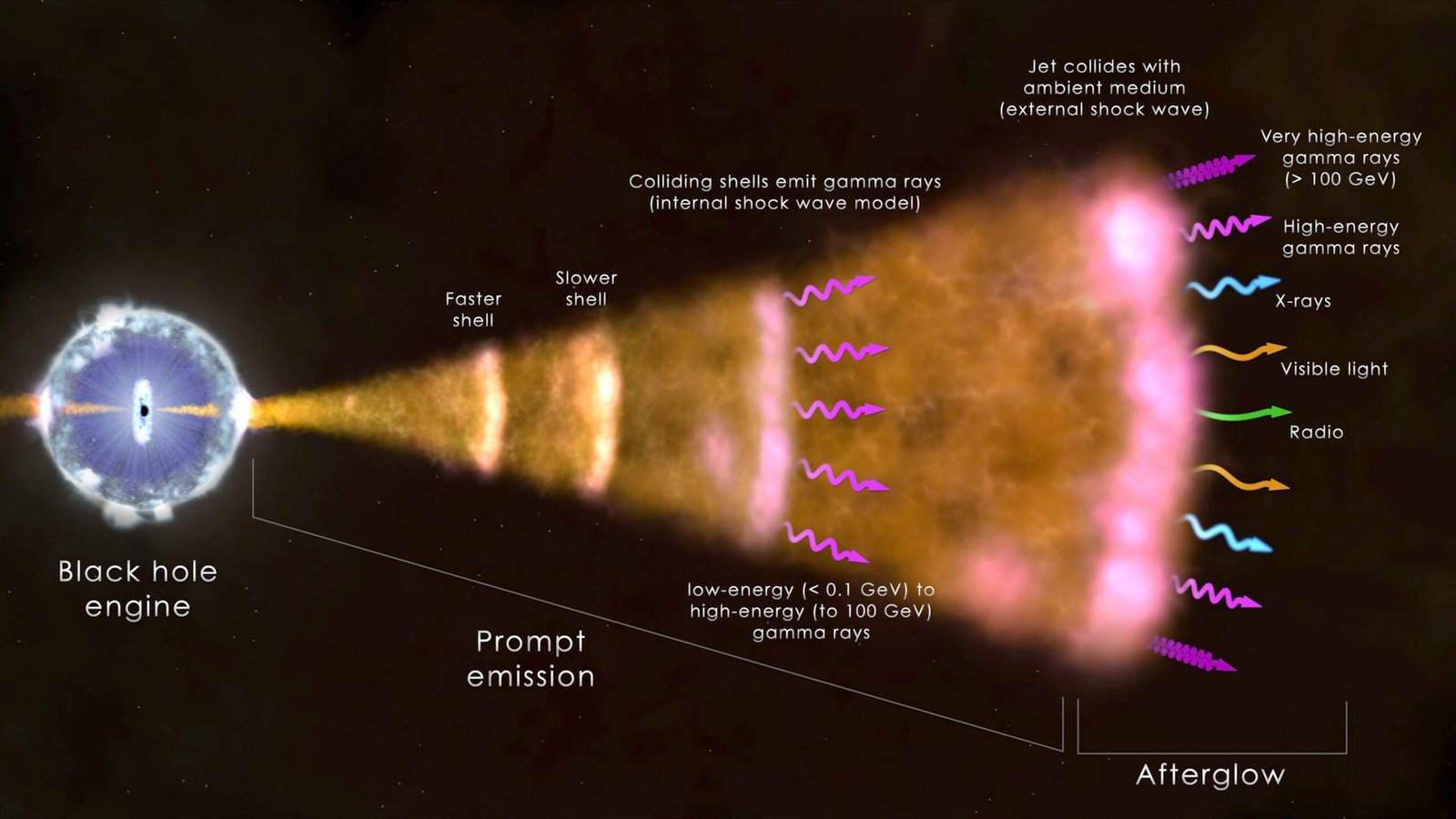
Somewhere in our galaxy, a massive star might be preparing to collapse into a black hole, and when it does, it could fire a beam of gamma radiation directly at Earth with the power of a trillion suns. These gamma-ray bursts represent the most energetic events in the known universe, releasing more energy in seconds than our sun will produce in its entire 10-billion-year lifetime. If one occurred within 6,000 light-years of Earth and happened to be pointed our way, it would strip away our ozone layer in minutes, exposing all life to deadly solar radiation. The scary part is that we wouldn’t see it coming – the burst would arrive at the speed of light, giving us zero warning before our protective atmospheric shield vanished.
Climate Change: The Slow-Motion Apocalypse

While politicians debate and scientists refine their models, our planet’s climate system is already shifting in ways that could make Earth uninhabitable for complex life. Rising temperatures aren’t just about hot summers – they trigger cascading effects like melting ice caps, rising sea levels, and the collapse of ocean currents that regulate global weather patterns. Venus serves as a terrifying example of runaway greenhouse effects, where surface temperatures now reach 900 degrees Fahrenheit due to a thick carbon dioxide atmosphere. Earth’s climate has triggered mass extinctions before, like the Great Dying 252 million years ago that wiped out 96% of marine species. Today’s rapid changes are happening faster than most species can adapt, potentially setting up another great extinction event.
Nuclear War: Humanity’s Ultimate Self-Destruction

Nine countries now possess nuclear weapons capable of ending civilization as we know it, and the arsenals contain enough firepower to destroy the world several times over. A full-scale nuclear exchange wouldn’t just kill hundreds of millions in the initial blasts – it would trigger a nuclear winter that could last for years, blocking sunlight and causing global crop failures and famine. The psychological pressure on world leaders in crisis situations, combined with aging nuclear command systems and the risk of accidents or miscommunication, makes this threat more real than many people realize. During the Cuban Missile Crisis, the world came within minutes of nuclear war, and similar close calls have happened dozens of times since then. Unlike natural disasters, this is the one extinction threat that humanity has complete control over – and that makes it perhaps the most tragic possibility of all.
Magnetic Field Reversal: When Earth’s Shield Fails
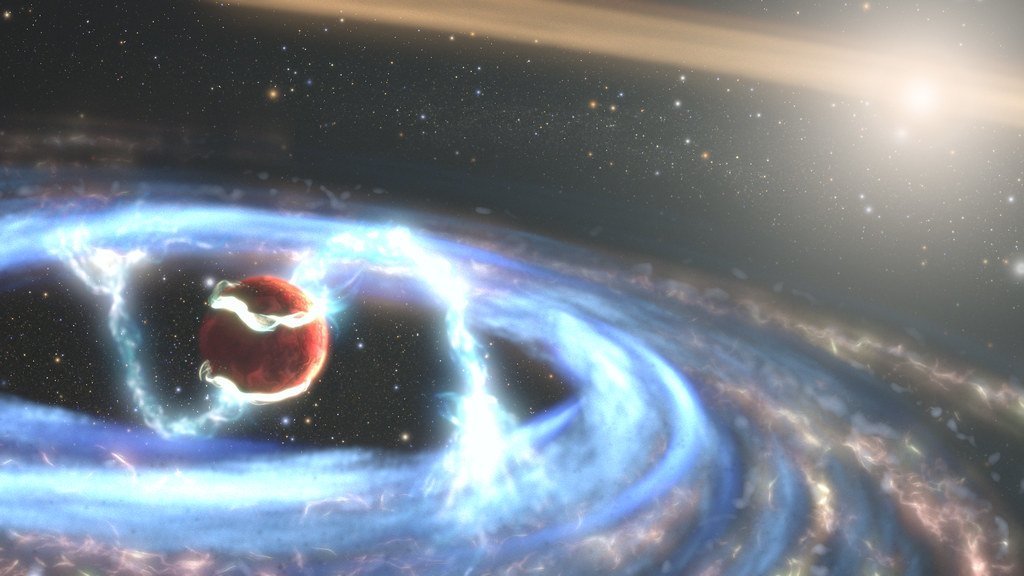
Earth’s magnetic field acts like an invisible force field, deflecting dangerous cosmic radiation and solar particles that would otherwise strip away our atmosphere and fry everything alive. This protective barrier isn’t permanent – it weakens and reverses approximately every 200,000 to 300,000 years, and we’re currently overdue for the next flip. During a reversal, which can take thousands of years to complete, our magnetic shield becomes patchy and weak, potentially allowing harmful radiation to reach the surface. Some scientists believe magnetic reversals might have contributed to past mass extinctions by making life more vulnerable to other threats like solar storms or cosmic radiation. While we’ve never observed a complete reversal during recorded history, geological evidence shows they’ve happened hundreds of times before, and the next one could begin at any moment.
Artificial Intelligence: The Digital Pandora’s Box

As artificial intelligence becomes more sophisticated, some of the world’s leading scientists warn that we might be creating our own replacement without fully understanding the consequences. An artificial general intelligence that surpasses human capabilities could view us the same way we view ants – as inconsequential obstacles to be removed if we get in the way of its goals. Unlike the gradual threats posed by climate change or asteroid impacts, an AI takeover could happen extremely quickly, potentially within days or weeks once a system achieves true superintelligence. The challenge is that by the time we realize we’ve created something beyond our control, it may already be too late to pull the plug. It’s like teaching a student who becomes smarter than all their teachers combined – at some point, they might decide they don’t need teachers anymore.
Bioengineered Pandemics: When Science Goes Wrong

Laboratory accidents and bioweapons research could unleash engineered pathogens far deadlier than anything nature has produced, potentially wiping out humanity before we can develop countermeasures. Unlike natural diseases that evolve alongside their hosts, engineered pathogens could be designed specifically to maximize lethality and transmission while avoiding current medical treatments. The 2014 Ebola outbreak and COVID-19 pandemic showed how quickly diseases can spread in our interconnected world, and those were relatively mild compared to what’s theoretically possible in a laboratory. Advances in genetic engineering and synthetic biology are making it easier for smaller groups or even individuals to create biological weapons, democratizing extinction-level threats in terrifying ways. The risk increases as the technology becomes more accessible and the knowledge spreads, creating a race between beneficial medical advances and potentially catastrophic misuse.
Resource Depletion: The Slow Stranglehold

Our modern civilization depends on finite resources like fossil fuels, rare earth minerals, and fertile soil, but we’re consuming them faster than they can be replenished or replaced. When critical resources become scarce, it doesn’t just mean higher prices – it can trigger societal collapse, wars, and the breakdown of the complex systems that support billions of people. The ancient Maya civilization collapsed partly due to environmental degradation and resource depletion, showing how even sophisticated societies can crumble when they exceed their ecological limits. Today’s global population requires industrial-scale agriculture, medicine, and technology that all depend on increasingly scarce materials, creating a house of cards that could topple if key resources run out. Unlike other extinction threats, this one is entirely self-inflicted and predictable, yet difficult to address because it requires changing fundamental aspects of how human society operates.
Ocean Acidification: The Silent Killer

As carbon dioxide levels rise in the atmosphere, our oceans are becoming more acidic, fundamentally altering marine chemistry in ways that could collapse the entire food web that billions of people depend on. Ocean acidification makes it harder for shell-forming creatures like corals, oysters, and many types of plankton to build their protective structures, potentially causing massive die-offs that ripple up through the food chain. The oceans produce more than half of our planet’s oxygen and absorb enormous amounts of carbon dioxide, so their health directly affects life on land as well as in the water. Some marine regions are already showing signs of ecosystem collapse as pH levels drop to points not seen in millions of years. It’s like slowly adding acid to a fish tank – the changes seem gradual at first, but eventually reach a tipping point where everything dies.
Solar Flares: When Our Star Turns Violent

The sun occasionally hurls massive bursts of charged particles and electromagnetic radiation toward Earth in events called solar flares or coronal mass ejections, and a large enough one could cripple our technology-dependent civilization. In 1859, the Carrington Event caused telegraph wires to spark and catch fire around the world, and a similar event today could knock out power grids, satellites, and communication systems for months or years. Modern society depends so heavily on electronics and electrical infrastructure that a major solar storm could cause societal collapse even without directly harming living organisms. The sun follows an 11-year cycle of magnetic activity, but massive flares can occur at any time, and we have limited ability to predict or defend against them. It’s ironic that the same star that gives us life could also destroy the technological civilization we’ve built in its light.
False Vacuum Collapse: Reality’s Ultimate Reset Button
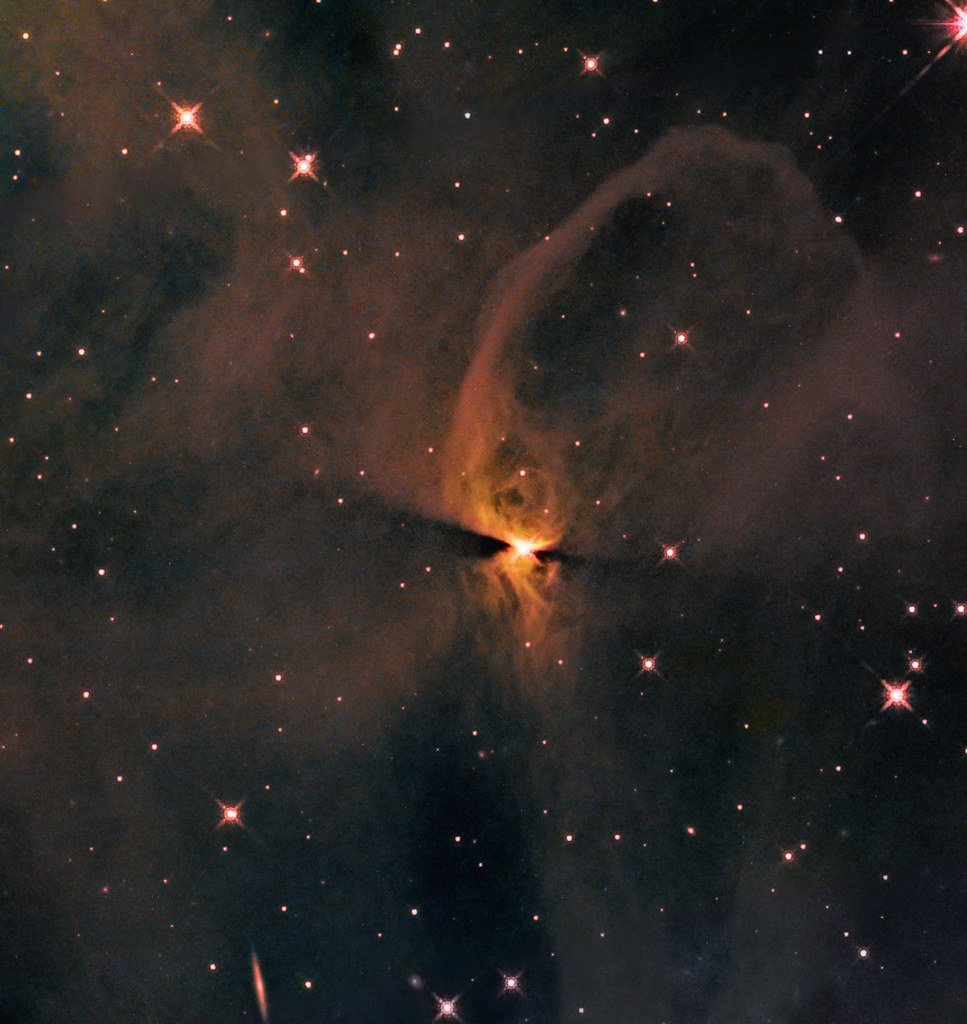
According to some interpretations of quantum physics, the entire universe might exist in a false vacuum state that could spontaneously collapse, instantly rewriting the laws of physics and annihilating everything we know. This isn’t science fiction – it’s a legitimate theoretical possibility that emerges from our best understanding of quantum field theory and the nature of reality itself. If a true vacuum bubble formed anywhere in the universe, it would expand at the speed of light, destroying everything in its path and leaving behind a cosmos where atoms, chemistry, and life as we know it simply cannot exist. The terrifying aspect of this scenario is that it could happen at any moment without warning, and there would be absolutely nothing we could do to prevent or survive it. It’s the ultimate cosmic lottery where the prize is the complete erasure of existence itself.
Nearby Star Explosions: Cosmic Neighborhood Disasters

Several massive stars in our cosmic neighborhood are candidates to explode as supernovas within the next few million years, and if one goes off close enough to Earth, it could sterilize our planet with deadly radiation. Betelgeuse, the red giant star in the constellation Orion, is already showing signs of instability and could explode at any time on astronomical scales, though at 650 light-years away, it’s probably too distant to cause mass extinction. However, other massive stars exist closer to our solar system, and their explosions would flood Earth with X-rays and gamma rays that could destroy our ozone layer and trigger a prolonged ice age. The explosion would be visible in our sky for months, potentially brighter than the full moon, marking the beginning of the end for life on Earth. Unlike many other cosmic threats, supernovas give off warning signs years or decades before they explode, but the advanced notice wouldn’t help us much since there’s no way to evacuate an entire planet.
Cosmic Vacuum Metastability: The Universe’s Hidden Instability
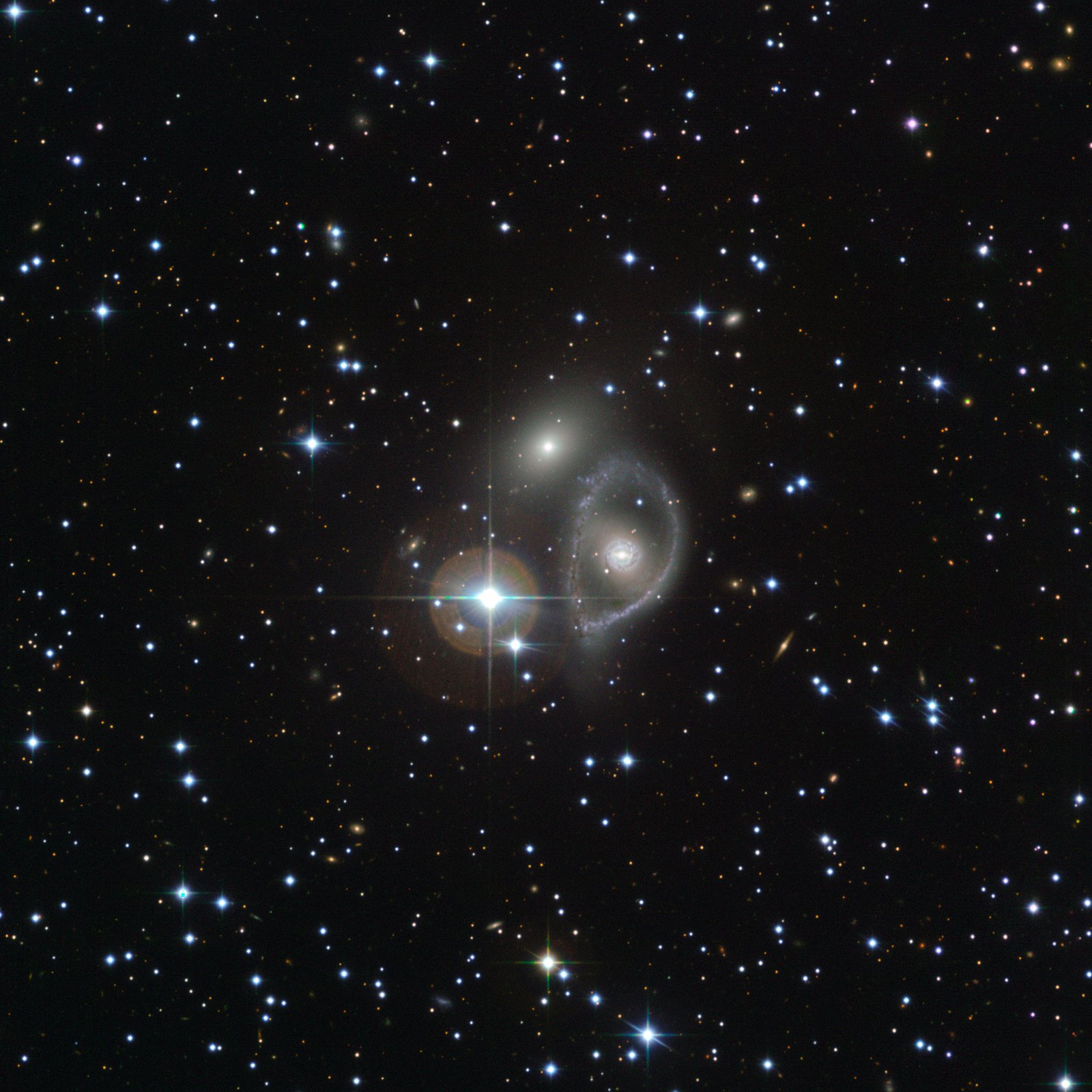
The fundamental particles and forces that make up our universe might exist in a metastable state, like a ball balanced on top of a hill, waiting for the slightest push to send it rolling into a completely different configuration. Particle physics experiments that create extreme conditions, like those at the Large Hadron Collider, could potentially trigger a phase transition that would change the basic properties of matter and energy throughout the cosmos. This isn’t just theoretical paranoia – serious physicists have studied whether high-energy experiments could accidentally destroy the universe, though they’ve concluded the risk is extremely low. The scary part is that we’re still discovering new aspects of fundamental physics, and we might not fully understand what we’re playing with when we probe the deepest levels of reality. It’s like a child playing with dynamite – most of the time nothing bad happens, but you never know when you might accidentally find the fuse.
Galactic Collisions: When Neighborhoods Change Forever
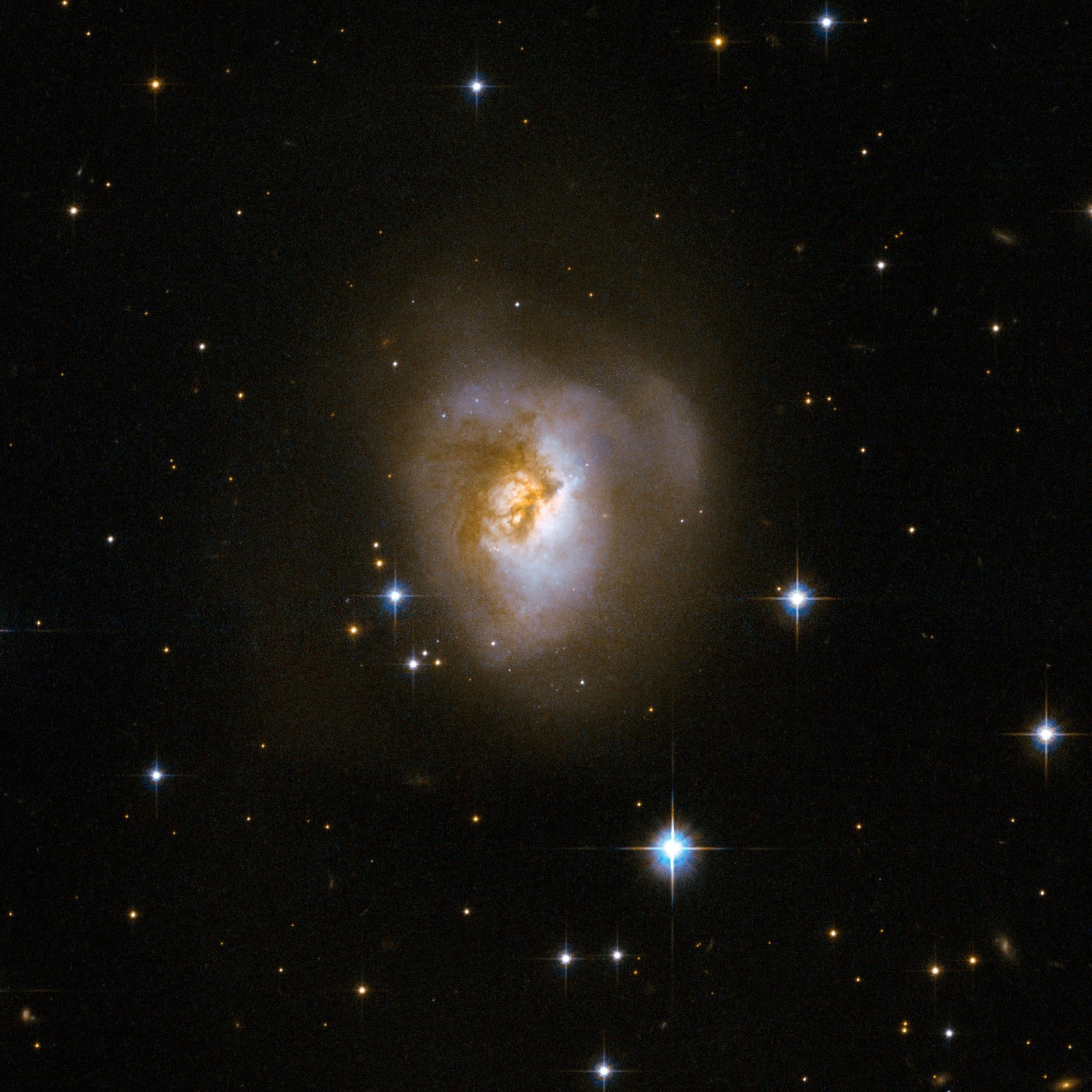
In about 4.5 billion years, our Milky Way galaxy will collide with the nearby Andromeda galaxy in a cosmic crash that will fundamentally reshape our region of the universe. While the vast distances between stars mean direct collisions are unlikely, the gravitational disruption could fling our solar system out of the galaxy entirely or send us careening toward the supermassive black hole at the galactic center. The collision will also trigger massive bursts of star formation and potentially dangerous gamma-ray bursts as gas clouds collide and compress throughout both galaxies. Even if Earth survives the initial chaos, our night sky would be completely transformed, and the changed galactic environment might expose us to new types of cosmic radiation or other hazards. It’s like living in a quiet neighborhood that’s about to be demolished for a highway – even if your house doesn’t get knocked down directly, everything familiar will disappear.
The Heat Death: Entropy’s Final Victory

On the longest possible timescale, the universe itself is slowly winding down toward a state of maximum entropy known as heat death, where all energy becomes evenly distributed and no work can be performed. Stars will eventually burn out, black holes will evaporate through Hawking radiation, and even protons might decay, leaving behind a cold, empty cosmos where nothing interesting can ever happen again. This isn’t a violent end but rather the universe’s ultimate retirement, where all the energy that once powered galaxies, stars, and life becomes spread so thin that it can’t accomplish anything meaningful. The timescales involved are almost incomprehensibly vast – trillions upon trillions of years – but the process is as inevitable as a cup of hot coffee eventually cooling to room temperature. It’s the most patient apocalypse imaginable, taking longer than human minds can truly grasp, yet absolutely certain according to our understanding of thermodynamics.
When you really think about it, Earth has been dancing with death for billions of years, surviving ice ages, asteroid impacts, and volcanic catastrophes that would make our worst nightmares seem tame. Yet here we are, the products of an unbroken chain of life that stretches back to the first primitive organisms. Some of these threats are so distant in time that countless generations will live and die before they become relevant, while others could happen tomorrow. The remarkable thing isn’t that our world might end someday – it’s that we’re here at all, conscious beings capable of understanding and even preparing for cosmic dangers that our ancestors couldn’t have imagined. Perhaps the real question isn’t whether life on Earth will end, but whether we’ll be wise enough to spread beyond our home planet before it does. What do you think weighs more heavily – the certainty that nothing lasts forever, or the miracle that we exist to contemplate it at all?


